Matanuska Glacier, located just two hours northeast of Anchorage, Alaska on the Glenn Highway, is the largest glacier accessible by car in the United States - and is certainly one worth visiting. The Glacier is located among the Chugach Mountains in a valley. The glacier originates on Mount Marcus Baker, 13,176 feet high, and the melt water forms the Matanuska River. Due to its location, the cold air from Matanuska Glacier forces warm air upward towards the mountain peaks. This results in sunny skies and more favorable weather than surrounding areas, making this a perfect destination for travelers. Unlike in Denali, where Mount McKinley is covered in clouds 75% of the time, you can’t miss seeing Matanuska Glacier.

Matanuska Glacier is about 26 miles long and 4 miles wide at its terminus— the end of a glacier where melting occurs. Glaciers are different than snowfields because the ice of a glacier flows. Snow compacts to form ice and the weight causes the bottom layer of the glacier to partially melt and slide or move. Matanuska glacier isn’t as long as it once was; it is receding a couple feet a year, and appears to be moving up the valley. Catch it before it disappears!
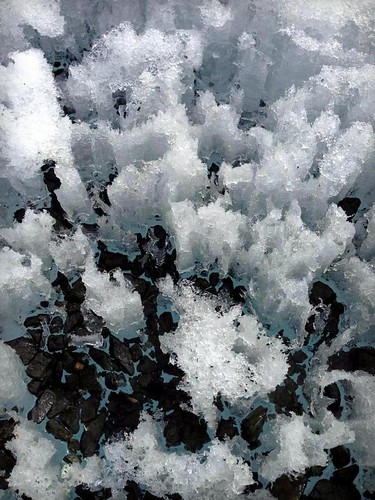
On your way to Matanuska glacier from Anchorage, you can enjoy the views of the glacier from the highway, and various pullouts on the road provide excellent opportunities to photograph the glacier.
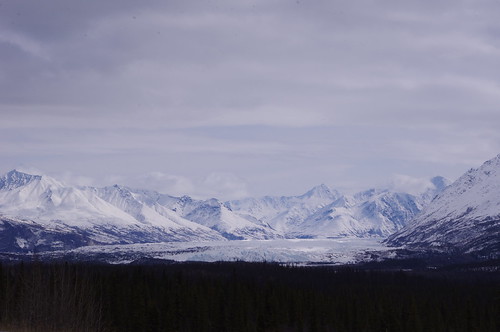
What’s even better, though, is to explore the glacier on foot. To access the glacier, you have to cross private land. You must purchase tickets. Once you’ve done so, you can drive up to the terminus (or toe) of the glacier, where you will then be able to walk out onto it. If you visit in the spring, as my family did, beware the muddy roads! We had a rental car and the staff assured us the road was passable. They even mentioned that we could “drive through the lake.” However, we got stuck in the mud in front of that big “lake” which covered the road. The staff had loaned us tall rubber boots. So, one of our party members waded into the lake to check the depth of the water only to discover, as chilly water rushed into his boots, the boots leaked. Four of us managed to push the car out of the mud after the driver (my father) ate his sandwich and contemplated the situation; no need to panic. Once we had the car out of the mud, we retreated to the gate to explain that our car was not going to make it to the toe of the glacier. Instead of giving us our money back, something even better happened.
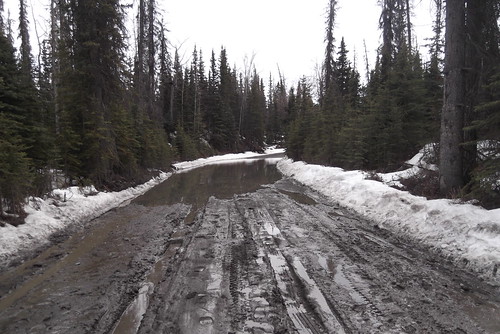
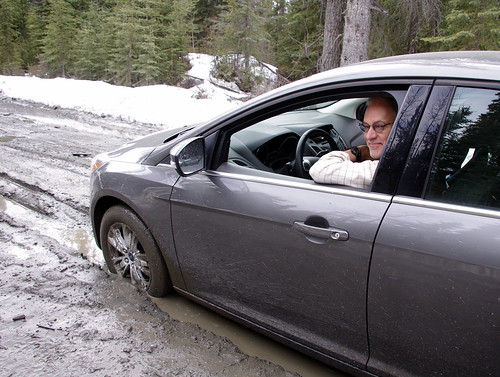
The staff at Matanuska Glacier Park offered to give us a ride in one of their high clearance vehicles built for navigating through mud and lakes - what a bumpy, splashing, fun, but often scary ride. A few times, my aunt had to ask Alex, our driver and tour guide for the afternoon, if the ride was actually safe for us to be doing, because every so often we’d feel like we were going to fall right out of vehicle…whose doors were attached by Velcro.
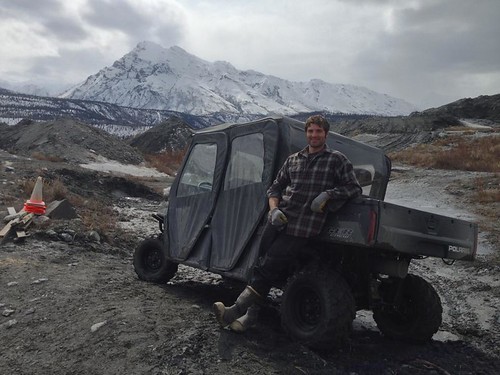
Those seeking adventure can trek across the glacier on foot to examine the aquamarine glacial ice. However, be careful where you walk, or you may end up with a leg submerged in water or very deep snow.
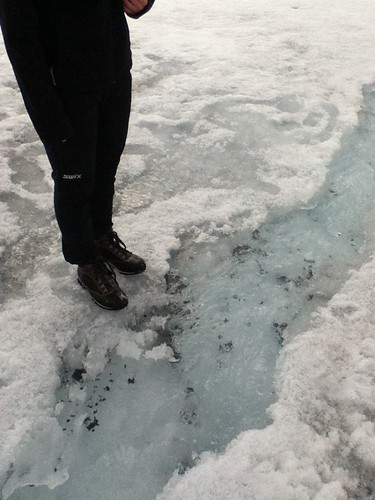
Notice how the glacier almost looks blue in the photographs. This is because glaciers are created when snow accumulates over the years when the summer months aren’t warm enough to melt all the snow. The snow collects and compacts over the years, and the bottom layers turn into ice. Because the glacier has a greater mass, gravity is likely to pull the glacier down causing it to move. During this process, all air is pushed out of the snow. The ice absorbs most of the light and reflects the short-wave-length blue light. As the ice crystals grow, they push out any remaining air. The ice absorbs most light and reflects the short-wave-length blue light. As ice moves and is exposed to warmer air or warmer water, the crystal structure breaks down and all the light is reflected, so the glacier appears white. The deepest blue color is best seen in fractured places like crevasses.
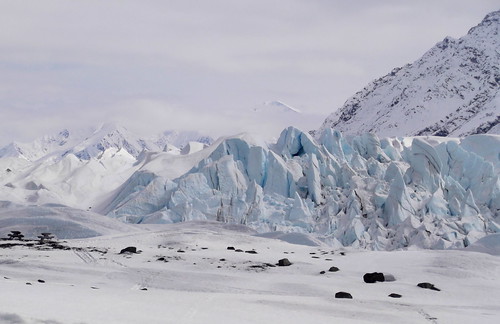
We were fortunate to have an incredible guide, Alex, who had worked at Matanuska Glacier for two seasons. He clearly loved his work and told stories of taking serious mountaineering groups camping on the glacier to explore ice caves. I learned there are internships available to do just that. Maybe I’ll be returning to Alaska sooner than I thought.
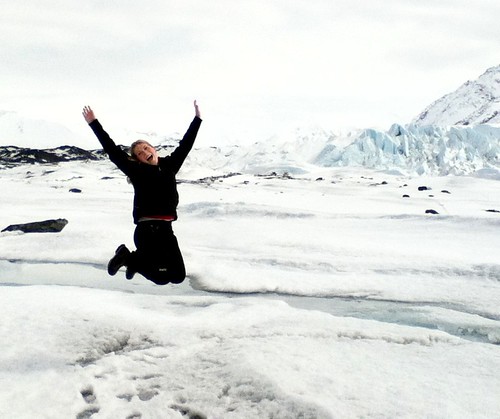
Sydney Kahl is a member of the Youth Travel Blogging Mentorship Program
All photos courtesy and copyright Sydney Kahl
Exploring Matanuska Glacier, Alaska, on foot
Posted by:
Sydney Kahl
